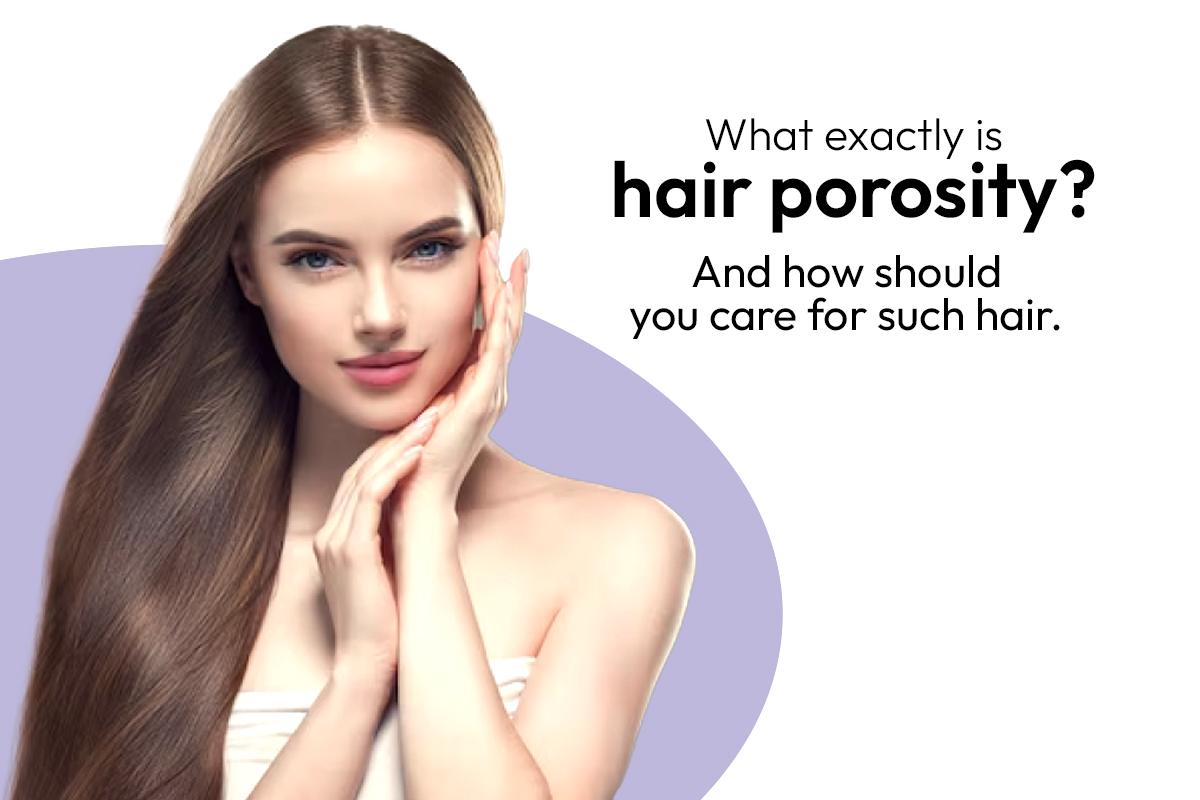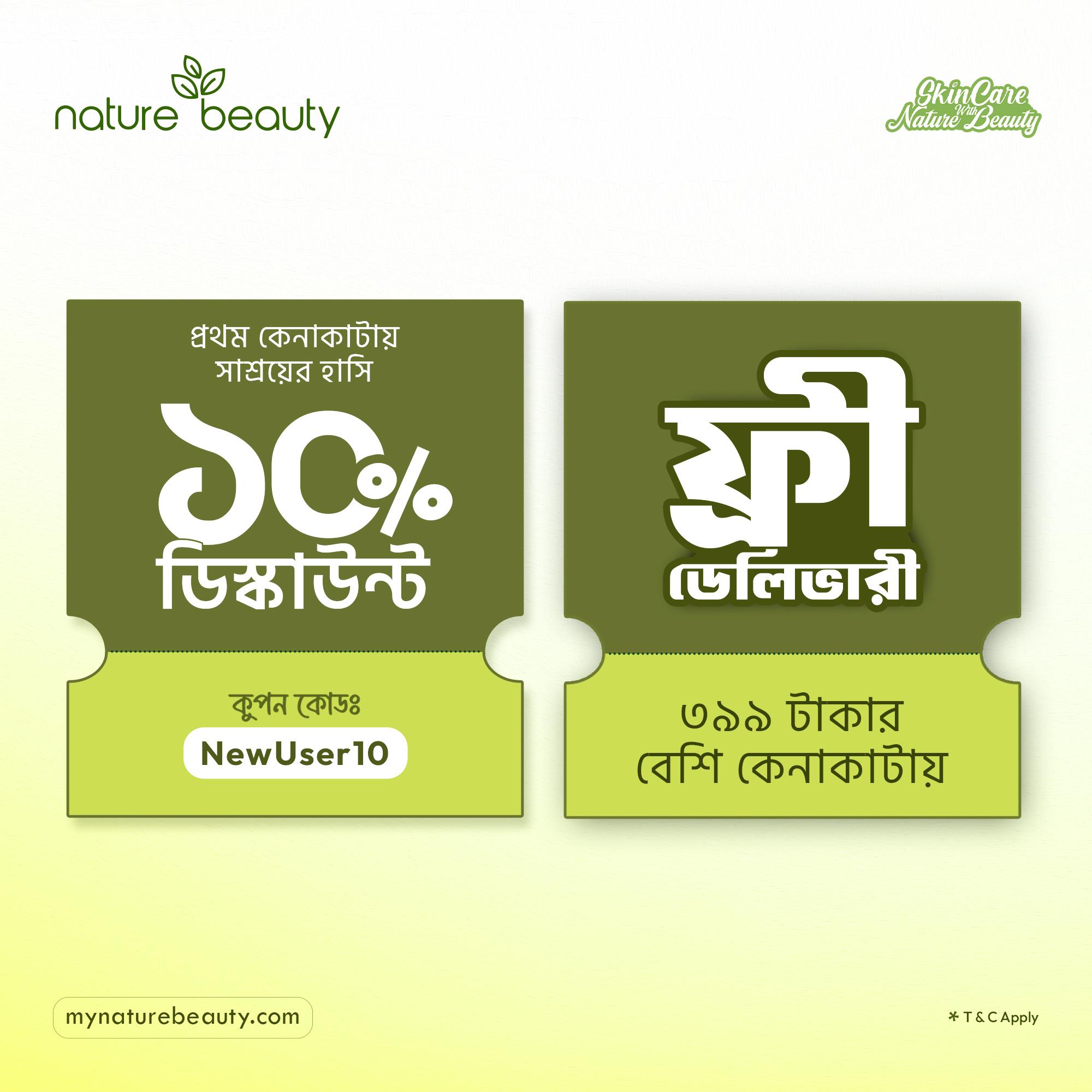
Discover Natural Beauty Tips
What exactly is hair porosity? And how should you care for such hair.

Beautiful hair, a happy mind—that’s the secret to great days! With this in mind, we always try to use the best products for our hair. But one crucial thing to remember is that just like skin, hair also has different types. If cared for properly, your hair will stay healthy and vibrant.
Age, weather, and environmental factors all affect our hair, so choosing the right products is essential. But how do you know which hair care products to use? The answer lies in understanding your hair porosity—a key factor in determining how your hair absorbs and retains moisture.
Why Knowing Your Hair Porosity Matters
Hair porosity refers to your hair’s ability to absorb and hold moisture. Depending on whether your hair is low, medium, or high porosity, your care routine should change to keep your locks healthy, hydrated, and frizz-free.
Let’s dive deeper into what hair porosity is and how you can tailor your hair care routine accordingly!
What is Hair Porosity?
Just like our skin, our hair also has tiny pores—these are known as hair porosity. These pores help the hair strands retain moisture. Through these pores, the outer layer of the hair (called the hair cuticle) absorbs and holds moisture, as well as allows oils and hair products to be absorbed effectively.
Regardless of your hair type, if it’s not properly moisturized, it can become dry and brittle. Hair porosity is usually determined by genetics, but it can be affected by factors such as the use of chemicals or environmental exposure.
This is why a hair care routine is not one-size-fits-all—each person’s hair may require different care based on their unique porosity level.
Hair porosity generally falls into three categories:
Low Porosity Hair
This type of hair has tightly bound cuticles that lie flat, making it difficult for moisture and hair products like oils or shampoos to penetrate. These products often stay on the surface and are easily washed off. Low porosity hair tends to have difficulty retaining moisture, which can lead to dryness and increased hair fall due to lack of nourishment.
To care for low porosity hair, choose hair care products containing ingredients like glycerin, honey, jojoba oil, argan oil, or aloe vera. In addition to regular conditioning, using a hydrating hair mask 1–2 times a week with steaming provides the best results. Warm steam opens up hair follicles, allowing the mask to penetrate deeply and moisturize the hair, making it healthier. For extra hydration, using a leave-in conditioner or hair serum will help keep the hair frizz-free and shiny.
Medium/Normal Porosity Hair
Medium porosity hair has more flexible cuticles that allow moisture and nutrients to penetrate easily. This type of hair is typically well-balanced and responds well to most hair care products. Following a basic, consistent hair care routine is usually sufficient to maintain healthy, thick, and beautiful hair.
High Porosity Hair
Hair with high porosity absorbs moisture quickly but loses it just as fast. Therefore, oiling, cleansing, and conditioning may be needed every other day. This type of hair gets wet easily and dries quickly, but it can also become dry and frizzy due to exposure to humidity. Excess moisture can cause the hair to swell and become tangled or coarse. To care for high porosity hair, use lightweight but hydrating oils such as coconut oil, olive oil, or argan oil. For deep conditioning, products with keratin or collagen masks are recommended to help retain the hair’s natural moisture.
How to Determine Your Hair’s Porosity:
It’s very simple. Take a clean, dry strand of your hair and drop it into a glass of water.
After 2–4 minutes, observe:
- If the strand floats on top, you have low porosity hair.
- If it floats in the middle, your hair has medium/normal porosity.
- If it sinks to the bottom, it’s high porosity.
Knowing your hair’s porosity makes it easier and more effective to care for your hair.
We are always committed to helping you achieve beautiful hair. However, using expensive hair products without understanding your hair type and issues may not give you the desired results. Hair is more delicate than other parts of the body, and it requires careful observation and attention.
So before applying any product, always understand your hair type first. Let your beautiful hair be treated with the care it deserves.






